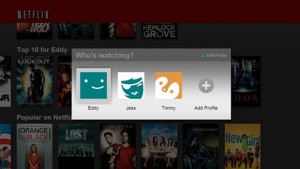I came across Keenan’s blog and Anthony’s blog post about Snapchat, a disappearing photo messaging app, which has been extraordinarily popular with 3 million users in 2 years, rejected a 3-billion-dollar offer from Facebook. Despite the fact that Facebook has been positioned as the dominant social-networking app, it’s still concerned about threats from other companies, especially after the decrease in its share price recently.
It’s not unusual to hear Facebook’s intention to buy off a social-networking app that is likely to threaten some of services it offers; Facebook bought Instagram for 1 million about a year ago. Although Keenan advocates Facebook’s intentions of buying the novel app to decrease the competition and establish its status in the social-networking market, my analysis shows that it’s neither sustainable nor practical way to buy all the existing photo sharing and message apps such as Line and Whatsapp and even the next 20 emerging community services in the future. Instead of investing a great percentage of the capital into other apps, Facebook should concentrate on building up its own strengthens by updating its own social-networking app such as poke and online messages services. I understand Facebook’s concerns about the threats from other companies, but one of the most effective ways of tackling with the external issues is to solve the inherent problems by highlighting its strengths and eliminating the weaknesses. It’s necessary to have a dominant strategy regardless of others.
Sources:
http://www.huffingtonpost.com/2013/11/13/facebook-snapchat-3-billion_n_4268859.html
http://www.forbes.com/sites/anthonykosner/2012/12/28/facebook-pokes-a-bomb-succeeds-only-at-making-snapchat-more-popular/



